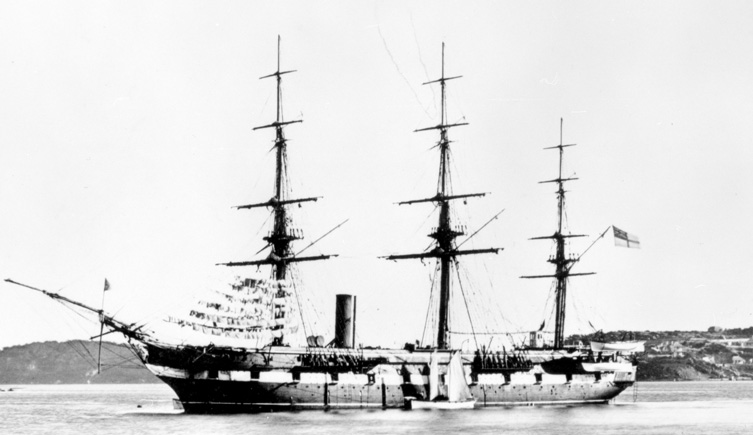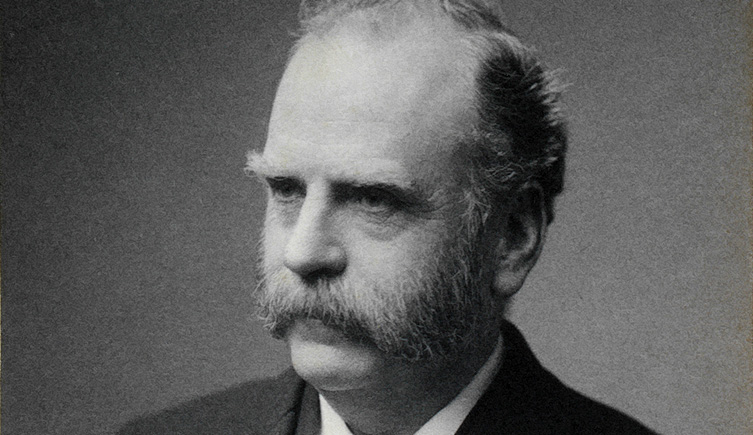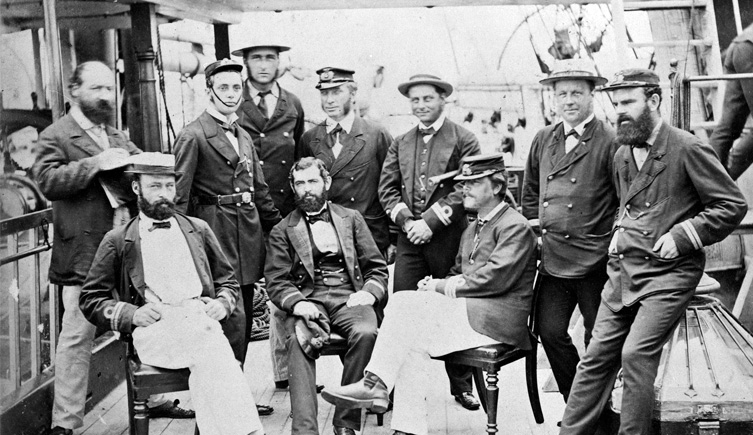
Specimen jar from the HMS Challenger expedition. The dried and cleaned sediment inside is made up of hundreds of thousands of microfossils.
The Museum’s ocean bottom deposit collection consists of samples from about 40,000 locations around the world and is the most comprehensive British collection of seabed samples and cores.
The Museum collections house ocean bottom deposits from all the world's oceans. Approximately 45 per cent of the deposits are from the Atlantic Ocean, 35 per cent are from the Pacific Ocean and 25 per cent are from the Indian Ocean.
The ocean bottom deposit collection is invaluable for studies of the ocean and ocean floor, including research looking at global change, climatic warming and marine pollution.
Major collections
The most important sub- collection is the Sir John Murray Collection, which includes sea-bed samples from the HMS Challenger expedition (1872-76). It was given to the Museum by the Murray family in 1921 following his death in 1914.
Other important sub-collections include:
- ores and sediments from the 1933-34 John Murray expedition to the Indian Ocean
- the Dennis Curry Collection of sediments and cores from the English Channel
- the Institute of Oceanographic Sciences Collection of British continental shelf deposit
- the Imperial College Collection of cores and sediments from the eastern Mediterranean
Historical collections
Sir John Murray Collection
HMS Challenger expedition (1872-76)
Dennis Curry Collection
Institute of Oceanographic Sciences Collection
Imperial College Collection of cores and sediments
-

HMS Challenger at anchor off Circular Quay, Sydney, Australia (1872-1876). The Challenger expedition was a scientific endeavour funded by the British Government, and is believed to have been the first to carry an official photographer.
-

A portrait of Sir John Murray (1841-1914) taken in 1895. Murray was the main author of 7 of the 50 volumes of the Challenger reports.
-

A group of officers on board HMS Challenger (1872-1876)
Looking for a specimen?
The Ocean bottom deposit collection is being digitised
Senior Curator in Charge
Any questions?
If you would like to use any specimens for research, please get in touch
Related collections

Collections on the move
We have set out on an ambitious programme to develop a new science and digitisation centre. As we prepare for the move, access to some collections will be affected.

Accessing the collections
Scientists and collections management specialists can visit the collections and borrow specimens for research.

Collections management
Our duty is to provide a safe and secure environment for all of our collections.